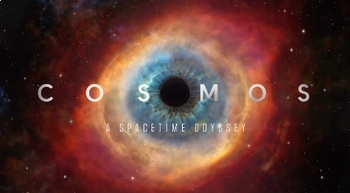Sci-film Worksheets
6 Followers
Grade Levels
6th - 12th, Higher Education, Adult Education
Subjects
Resource Type
Standards
CCSSRST.6-8.2
CCSSRST.6-8.4
CCSSRST.6-8.6
NGSSMS-ESS1-3
NGSSHS-ESS1-2
Formats Included
- PDF
Pages
2 pages
Sci-film Worksheets
6 Followers
Description
An advanced organizer that promotes engagement and reflection for students who are being introduced to Astronomy or the Solar System. The questions are listed in order and are straightforward.
It is recommend the teacher or substitute using this resource to pause at various parts of the presentation and help students to record their specific answers along the way.
Total Pages
2 pages
Answer Key
Not Included
Teaching Duration
1 hour
Report this resource to TPT
Reported resources will be reviewed by our team. Report this resource to let us know if this resource violates TPT’s content guidelines.
Standards
to see state-specific standards (only available in the US).
CCSSRST.6-8.2
Determine the central ideas or conclusions of a text; provide an accurate summary of the text distinct from prior knowledge or opinions.
CCSSRST.6-8.4
Determine the meaning of symbols, key terms, and other domain-specific words and phrases as they are used in a specific scientific or technical context relevant to grades 6–8 texts and topics.
CCSSRST.6-8.6
Analyze the author’s purpose in providing an explanation, describing a procedure, or discussing an experiment in a text.
NGSSMS-ESS1-3
Analyze and interpret data to determine scale properties of objects in the solar system. Emphasis is on the analysis of data from Earth-based instruments, space-based telescopes, and spacecraft to determine similarities and differences among solar system objects. Examples of scale properties include the sizes of an object’s layers (such as crust and atmosphere), surface features (such as volcanoes), and orbital radius. Examples of data include statistical information, drawings and photographs, and models. Assessment does not include recalling facts about properties of the planets and other solar system bodies.
NGSSHS-ESS1-2
Construct an explanation of the Big Bang theory based on astronomical evidence of light spectra, motion of distant galaxies, and composition of matter in the universe. Emphasis is on the astronomical evidence of the red shift of light from galaxies as an indication that the universe is currently expanding, the cosmic microwave background as the remnant radiation from the Big Bang, and the observed composition of ordinary matter of the universe, primarily found in stars and interstellar gases (from the spectra of electromagnetic radiation from stars), which matches that predicted by the Big Bang theory (3/4 hydrogen and 1/4 helium).




